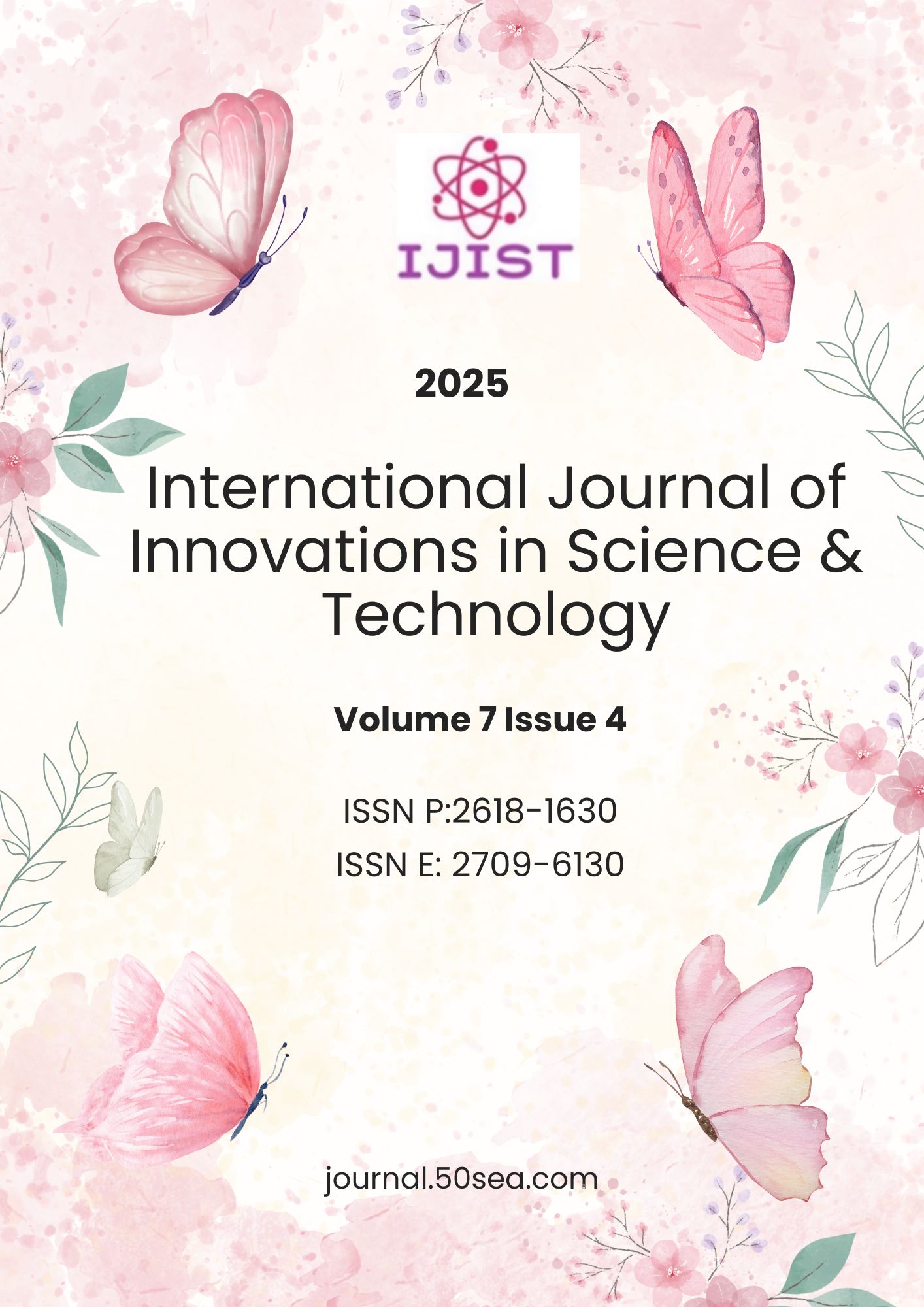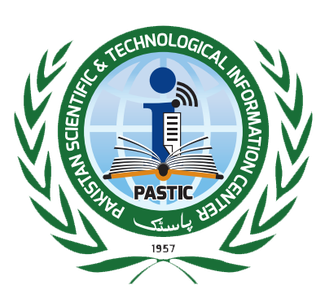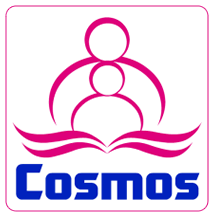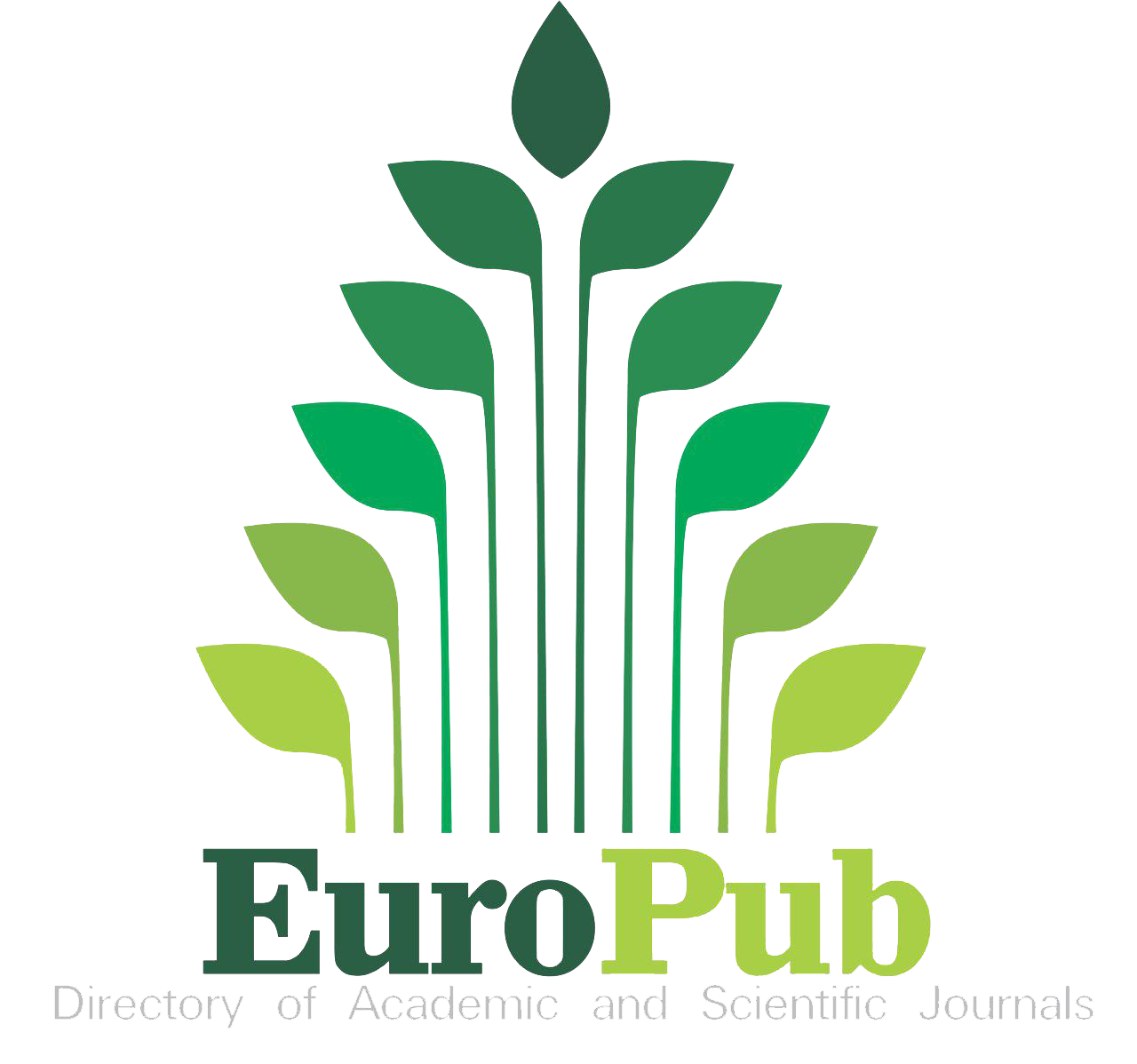Bridging the Divide of Formal and Informal Transit in Urban Areas - Considering Multidimensional Aspects of Sustainability
Keywords:
Transit System, Formal Transit, Informal Transit, SustainabilityAbstract
Public transport in cities across the developing world is fundamentally shaped by the dualism of formal and informal services. Informal transport modes, including minibusses, shared taxis, and auto-rickshaws, are not merely supplementary but are essential components of the urban mobility ecosystem, providing critical connectivity for marginalized communities. Contemporary scholarship advocates for a multifaceted evaluation of these systems to capture their full socio-economic, environmental, and operational impact. This paper conducts a systematic literature review to synthesize existing assessment frameworks for public transport. The findings reveal a significant gap: current methodologies often fail to integrate the core dimensions of sustainability—social, economic, and environmental—with emerging imperatives like climate resilience and comprehensive regulatory and technological considerations. By mapping the state of the art, this review underscores the necessity for a more holistic evaluation paradigm, focusing on frameworks that move beyond a simple formal-informal divide to foster comprehensive understanding and strategic integration.
References
A. G. Robert Cervero, “Informal transport: A global perspective,” Transp. Policy, vol. 14, no. 6, pp. 445–457, 2007, doi: https://doi.org/10.1016/j.tranpol.2007.04.011.
C. M. Kumar, S., Damaraju, A., Kumar, A., Kumari, S., & Chen, “LSTM network for transportation mode detection,” J. Internet Technol., vol. 22, no. 4, pp. 891–902, 2021.
N. H. Dawda, H. Gajera, G. J. Joshi, S. S. Arkatkar, and S. K. M. Dave, “Efficiency Based Evaluation of Public Transport and Paratransit Systems with a View to Integrating Transportation,” Transp. Res. Rec., vol. 2675, no. 3, pp. 17–32, Jan. 2020, doi: 10.1177/0361198120980322.
G. T. Tucho, “A review on the socio-economic impacts of informal transportation and its complementarity to address equity and achieve sustainable development goals,” J. Eng. Appl. Sci., vol. 69, no. 1, Dec. 2022, doi: 10.1186/S44147-022-00074-8.
E. and M. National Academies of Sciences, “Transit Capacity and Quality of Service Manual, Third Edition,” Transit Capacit. Qual. Serv. Manual, Third Ed., Aug. 2013, doi: 10.17226/24766.
L. G. Alcorn and A. Karner, “Integrating formal and informal transit into one hybrid passenger transport system in Lagos, Nigeria,” Transportation (Amst)., vol. 48, no. 3, pp. 1361–1377, Jun. 2021, doi: 10.1007/S11116-020-10099-8.
T. Kerzhner, “Is informal transport flexible?,” J. Transp. Land Use, vol. 15, no. 1, pp. 671–689, Nov. 2022, doi: 10.5198/JTLU.2022.2213.
K. M. Mittal, M. Timme, and M. Schröder, “Efficient self-organization of informal public transport networks,” Nat. Commun., vol. 15, no. 1, pp. 1–8, Dec. 2024, doi: 10.1038/S41467-024-49193-1;SUBJMETA.
“Public Bicycle Sharing in Asian Cities | Request PDF.” Accessed: Oct. 07, 2025. [Online]. Available: https://www.researchgate.net/publication/292971196_Public_Bicycle_Sharing_in_Asian_Cities
S. Cao, J. Wang, X. Li, and B. Xie, “How does the built environment affect transit use under different urban village renewal strategies?,” Transp. Plan. Technol., vol. 48, no. 1, pp. 233–254, Jan. 2025, doi: 10.1080/03081060.2024.2345690.
T. H. Tun et al., “Informal and Semiformal Services in Latin America: An Overview of Public Transportation Reforms,” Informal Semiformal Serv. Lat. Am. An Overv. Public Transp. Reforms, Nov. 2020, doi: 10.18235/0002831.
R. Akuh, M. Zhong, and A. Raza, “Evaluating a Proposed Urban Transportation System Using Advance Transport and Land-Use Modelling Framework,” Adv. Sci. Technol. Res. J., vol. 16, no. 3, pp. 234–244, 2022, doi: 10.12913/22998624/149607.
J. Mottelson and A. Venerandi, “Urban density and socioeconomic characteristics of informal settlements: evidence of interrelation from Maputo, Mozambique,” Environ. Urban., vol. 35, no. 2, pp. 349–368, Oct. 2023, doi: 10.1177/09562478231195512.
E. Sogbe and S. Susilawati, “Assessing shared auto-rickshaws adoption by intra-city commuters as part of the public transport system: The influence of negative encounters on passenger satisfaction,” Transp. Res. Part F Traffic Psychol. Behav., vol. 104, pp. 15–30, Jul. 2024, doi: 10.1016/J.TRF.2024.05.009.
R. Gadepalli, P. Bansal, G. Tiwari, and N. Bolia, “A tactical planning framework to integrate paratransit with formal public transport systems,” Transp. Res. Part D Transp. Environ., vol. 136, p. 104438, Nov. 2024, doi: 10.1016/J.TRD.2024.104438.
D. Yanocha, J. Mason, and J. Hagen, “Using data and technology to integrate mobility modes in low-income cities,” Transp. Rev., vol. 41, no. 3, pp. 262–284, May 2021, doi: 10.1080/01441647.2020.1834006.
N. M. Asmael and M. Q. Waheed, “Service evaluation of urban public transportation in Baghdad City,” E3S Web Conf., vol. 402, Jul. 2023, doi: 10.1051/E3SCONF/202340209019.
D. Sharma, D. Pandit, and T. Bose, “Determination of service quality attributes based on user perception for paratransit services in developing country like India,” Transp. Res. Procedia, vol. 48, pp. 3577–3594, Jan. 2020, doi: 10.1016/J.TRPRO.2020.08.093.
S. A. A. Rahman, A. Abdullah, T. F. Syahirah, M. A. Fahmi, B. Y. Atçeken, and H. K. Saraço?lu, “A REVIEW OF PUBLIC TRANSPORTATION FACTORS INFLUENCING TOURISM SECTOR IN KUALA LUMPUR AND ISTANBUL,” J. Archit. Plan. Constr. Manag., vol. 13, no. 2, pp. 57–68, Dec. 2023, Accessed: Oct. 07, 2025. [Online]. Available: https://journals.iium.edu.my/kaed/index.php/japcm/article/view/825
W. Roy and A. Yvrande-Billon, “Ownership, contractual practices and technical efficiency: The case of urban public transport in France,” World Transit Res., Jan. 2007, Accessed: Oct. 07, 2025. [Online]. Available: https://www.worldtransitresearch.info/research/4016
B. Ni, “The Impact of Transportation Factors on Quality of Life: Insights from 230 Cities Worldwide,” E3S Web Conf., vol. 512, no. 6, p. 04016, 2024, doi: 10.1051/e3sconf/202451204016.
H. de F. Miranda and A. Ô. N. Rodrigues da Silva, “Benchmarking sustainable urban mobility: The case of Curitiba, Brazil,” Transp. Policy, vol. 21, pp. 141–151, May 2012, doi: 10.1016/J.TRANPOL.2012.03.009.
A. G. Daniere, “Sustainable Urbanization in Megacities: Role of Nonmotorized Transportation,” Transp. Res. Rec., no. 1695, pp. 26–33, 1999, doi: 10.3141/1695-06.
M. I. Gutierrez and D. Mohan, “Safety of motorized two-wheeler riders in the formal and informal transport sector,” Int. J. Inj. Contr. Saf. Promot., vol. 27, no. 1, pp. 51–60, Jan. 2020, doi: 10.1080/17457300.2019.1708408.
K. Nosal and K. Solecka, “Application of AHP Method for Multi-criteria Evaluation of Variants of the Integration of Urban Public Transport,” Transp. Res. Procedia, vol. 3, pp. 269–278, Jan. 2014, doi: 10.1016/J.TRPRO.2014.10.006.
T. Aziz, A., Naghawi, H., & Alhadidi, “Transit-oriented development and its impact on travel behavior: Lessons from the Amman-Zarqa BRT project,” Case Stud. Transp. Policy, vol. 6, no. 4, pp. 603–612, 2018.
J. Tiglao, N., & Dela Cruz, “The impact of COVID-19 on public transport ridership and revenue in Metro Manila,” Transp. Policy, vol. 132, pp. 109–118, 2023.
S. Khan, A. R., & Rana, “Assessment of public transport service quality through user satisfaction surveys: A case study of Dhaka city,” Transp. Res. Rec., vol. 2672, no. 8, pp. 92–102, 2018.
F. Adeel, M., Yeh, A. G. O., & Zhang, “Transportation and social exclusion: A case study of university students in Hong Kong,” Transp. Res. Rec., vol. 241, no. 1, pp. 45–53, 2014.
D. Hidalgo and C. Huizenga, “Implementation of sustainable urban transport in Latin America,” Res. Transp. Econ., vol. 40, no. 1, pp. 66–77, Apr. 2013, doi: 10.1016/J.RETREC.2012.06.034.
B. Oeschger, G., Carroll, P., & Caulfield, “Micromobility and public transport: A review of integrated strategies,” Transp. Rev., vol. 40, no. 5, pp. 572–588, 2020.
A. Batool, I., Carsten, O., & Jopson, “The impact of psychological factors on mode choice behavior: A review,” Transp. Res. Part F Traffic Psychol. Behav., vol. 73, pp. 434–445, 2020.
T. Phun, V. K., & Yai, “State of the art of paratransit literatures in Asian developing countries,” Asian Transp. Stud., vol. 4, no. 1, pp. 57–77, 2016.
T. Aziz, A., Naghawi, H., & Alhadidi, “Evaluating public transportation service quality using passenger satisfaction surveys: A case study of Amman, Jordan,” Transp. Res. Procedia, vol. 18, pp. 433–440, 2016.
T. B. Joewono and H. Kubota, “Exploring negative experiences and user loyalty in paratransit,” Transp. Res. Rec., no. 2034, pp. 134–142, 2007, doi: 10.3141/2034-15.
D. Permana, A. S., & Saraswati, “The role of non-motorized transport in achieving sustainable urban mobility: A case study of Yogyakarta, Indonesia,” IOP Conf. Ser. Earth Environ. Sci., vol. 126, p. 012168, 2018.
G. Eboli, L., & Mazzulla, “Performance indicators for an objective measure of public transport service quality,” Eur. Transp. Res. Rev., vol. 4, no. 1, pp. 15–25, 2012.
S. Hrelja, R., Pettersson, F., & Westerdahl, “The qualities needed for a successful partnership: A contribution to the conceptual understanding of trust in planning,” Transp. Res. Part A Policy Pract., vol. 92, pp. 286–298, 2016.
A. Plano, C., & Golub, “Participatory planning for public transit: A framework for inclusive engagement,” J. Plan. Educ. Res. Adv. online Publ., 2022.
C. Hidalgo, D., & Huizenga, “Implementation of sustainable urban transport in Latin America,” Res. Transp. Econ., vol. 48, pp. 352–360, 2014.
T. Tangphaisankun, A., Nakamura, F., & Okamura, “Influences of paratransit as a feeder of mass transit system in developing countries based on commuter satisfaction,” J. East. Asia Soc. Transp. Stud., vol. 8, pp. 995–1010, 2009.
A. Wicaksono, “The role of paratransit in urban transportation: A case study of Yogyakarta,” Indones. [Master’s thesis, Univ. Twente]., 2015.
S. Phun, V. K., Kato, H., & Chalermpong, “Paratransit as a connective mode for mass transit systems in Asian developing cities: A case study of Bangkok, Thailand,” Transp. Res. Part A Policy Pract., vol. 117, pp. 270–283, 2018.
S. Phun, V. K., Kato, H., & Chalermpong, “Paratransit user satisfaction and service quality in Bangkok: Application of a logit model,” Transp. Res. Rec., vol. 2673, no. 5, pp. 607–617, 2019.
A. L. Mistro, R. D., & de Araújo, “Explaining the intention to use bicycles for commuting: The role of bicycle availability,” Transp. Res. Part A Policy Pract., vol. 78, pp. 231–244, 2015.
R. Buehler, J. Pucher, and O. Dümmler, “Verkehrsverbund: The evolution and spread of fully integrated regional public transport in Germany, Austria, and Switzerland,” Int. J. Sustain. Transp., vol. 13, no. 1, pp. 36–50, Jan. 2019, doi: 10.1080/15568318.2018.1431821.
W. Y. Wong, R. C. B., & Szeto, “A review of demand-responsive transport services: Classification and research directions,” Transp. Rev., vol. 43, no. 1, pp. 5–30, 2023.
R. Hrelja, T. Rye, and C. Mullen, “Partnerships between operators and public transport authorities. Working practices in relational contracting and collaborative partnerships,” Transp. Res. Part A Policy Pract., vol. 116, pp. 327–338, Oct. 2018, doi: 10.1016/J.TRA.2018.06.032.
E. Asimeng, “Informal transport and its role in sustainable urban mobility planning in African cities,” Transp. Rev., vol. 42, no. 4, pp. 421–439, 2022.
C. Plano, “Equity in transit planning: A review of methods for evaluating distributive justice,” Transp. Policy, vol. 118, pp. 68–78, 2022.
R. Hrelja, “Integrating transport and land-use planning? How steering cultures in local authorities affect implementation of integrated public transport and land-use planning,” Transp. Res. Part A Policy Pract., vol. 74, pp. 1–13, Apr. 2015, doi: 10.1016/j.tra.2015.01.003.
F. Rahman, “The future of urban mobility: A systematic review of mobility-as-a-service (MaaS) models,” Transp. Rev., vol. 42, no. 5, pp. 632–652, 2022.
G. Gadepalli, A., & Tiwari, “Reimagining urban mobility: The role of paratransit in Indian cities,” Transp. Dev. Econ., vol. 6, no. 2, pp. 1–14, 2020.
J. Sobhani, M. D., & Wieringa, “Understanding the acceptance of demand-responsive transport: A behavioral modeling approach,” Transportation (Amst)., vol. 47, no. 5, pp. 2427–2452, 2020.
S. Sharma, D., & Mishra, “Measuring accessibility to public transport in low-income cities: A case study of Indore, India,” Transp. Res. Part D Transp. Environ., vol. 90, p. 102663, 2021.
T. Kerzhner, “Creating an informal transport route: implications for mobility, gender, and planning processes,” J. Am. Plan. Assoc., vol. 90, no. 4, pp. 656–671, 2024.
K. Ismael, N., Al-Mosawi, M., & Al-Khateeb, “The impact of ride-hailing applications on traditional taxi services: A case study of Baghdad,” Case Stud. Transp. Policy, vol. 11, p. 100947, 2023.
E. Asimeng, “The role of paratransit in urban mobility: A case study of Accra, Ghana,” J. Transp. Geogr., vol. 82, p. 102613, 2020.
W. Dzisi, E. K., & Ackaah, “Perceptions and adoption of electric vehicles in developing countries: A Ghanaian perspective,” Transp. Res. Part D Transp. Environ., vol. 102, p. 103130, 2022.
A. Pendit, T., & Mahendra, “Integrating informal paratransit into formal public transport systems: Lessons from Jakarta,” J. Public Transp., vol. 24, p. 100024, 2022.
J. B. Chowdhury, T. D., & Alam, “Sustainable urban transport policy analysis: A case study of Dhaka, Bangladesh,” Transp. Policy, vol. 64, pp. 90–101, 2018.
J. De Oña and R. De Oña, “Quality of service in public transport based on customer satisfaction surveys: A review and assessment of methodological approaches,” Transp. Sci., vol. 49, no. 3, pp. 605–622, Aug. 2015, doi: 10.1287/TRSC.2014.0544.
W. H. Baohong He, “The Attitude and Preference of Traveler to the Park & Ride Facilities: a Case Study in Nanjing, China,” Procedia - Soc. Behav. Sci., vol. 43, no. 4, pp. 294–301, 2012, doi: 10.1016/j.sbspro.2012.04.102.
Downloads
Published
How to Cite
Issue
Section
License
Copyright (c) 2025 50sea

This work is licensed under a Creative Commons Attribution 4.0 International License.





















